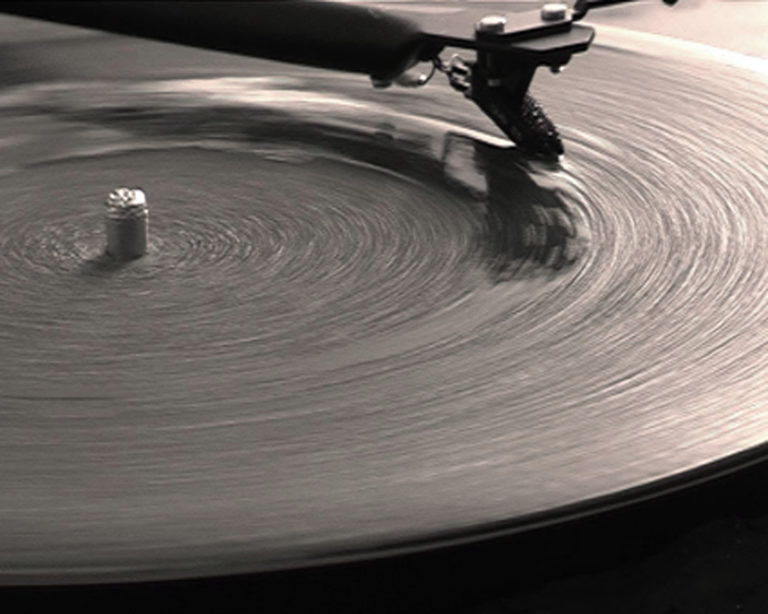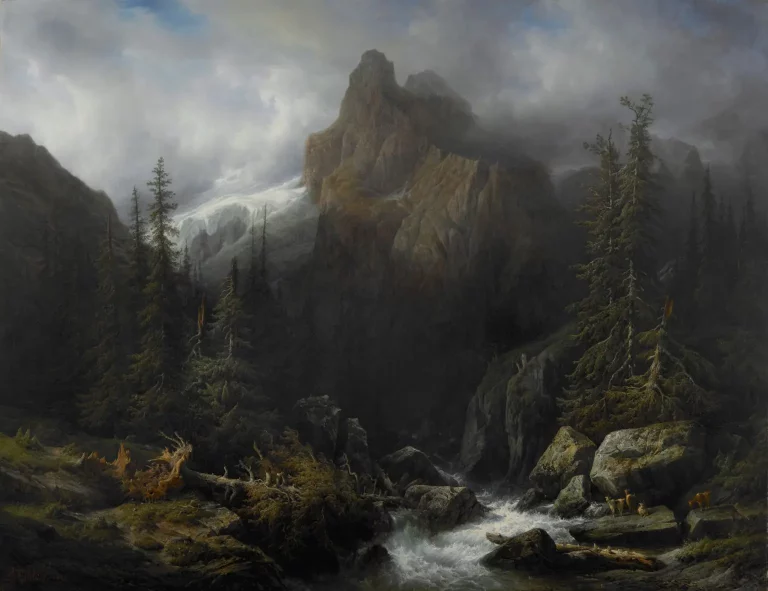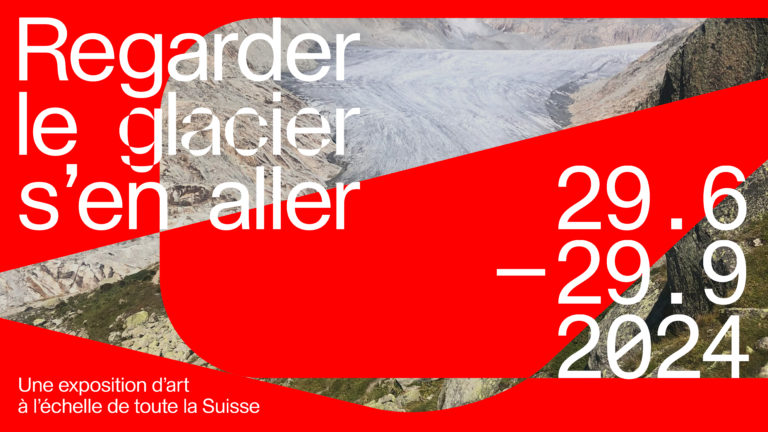Exhibition Guide
Watching the Glacier Disappear
29.6.2024 – 29.9.2024
Watching the Glacier Disappear MCBA
As part of its permanent collection display, MCBA has a video installation by the contemporary artist Katie Paterson. The museum has now coupled the installation with a painting by the 19th-century Romantic painter François Diday to create a visual dialogue. The connection is part of Regarder le glacier s’en aller (Watching the Glacier Disappear), a decentralised exhibition taking place in a number of venues throughout Switzerland. Curated by Lorette Coen, Bernard Fibicher, and Carmen Perrin, the MCBA dialogue invites us to think about the disappearance of glaciers and the consequences of climate change by contrasting the views past and present of visual artists.
Katie Paterson,"Langjökull, Snæfellsjökull, Sólheimajökull", 2007
In the early 2000s – a decade that was to prove the hottest since systematic temperature measurements were undertaken – the public around the world began to take note of the changes in the climate caused by human activity. In 2007, the Intergovernmental Panel on Climate Change (IPCC), which was founded to evaluate the extent, causes, and consequences of this skewing of the global climate with its devastating repercussions, was awarded the Nobel Peace Prize. The same year, the Scottish visual artist Katie Paterson, working with scientists, developed several projects in connection with the melting of glaciers. For Langjökull, Snæfellsjökull, Sólheimajökull, an installation made up of three videos and a soundtrack, she used recordings of flowing meltwater from three glaciers in Iceland. The recordings were pressed into three records, then cast and frozen using the meltwater from each corresponding glacier. The ice discs were then played simultaneously on three turntables until they melted completely.

Katie Paterson, “Langjökull, Snæfellsjökull, Sólheimajökull”, 2007. Film still. © Katie Paterson, 2007.
François Diday, "Le glacier du Rosenlaui", 1841
As in Iceland, glaciers moulded not only Switzerland’s topography but also its culture and myths. Since the late 18th century when tourists and artists ‘discovered’ the Alps, mountains and glaciers have been deeply grounded in the collective imagination. In the late 1820s, the Genevan painter François Diday set out to conquer artistically the lofty ‘Summits of eternal snow’, devising an approach that combined realism and Romanticism. Working from studies done sur le motif, that is directly from the subject, Diday composed in the studio large-format pictures that he imagined as theatre backdrops or sets. The compositions skilfully arrange the striking features of a grandiose nature in which man is kept at a distance, left out of the scene, views of dizzying mountain peaks, mighty trees bent or uprooted, branches ripped away, torrents churning and whirling. These depictions of natural events fit perfectly the period’s taste for the sublime. Today, when mountains are crumbling where glaciers are shrinking and vanishing before our eyes, they reflect a bygone era and tear at our conscience.

François Diday, “Le glacier du Rosenlaui”, 1841. Oil on canvas, 200 x 259 cm. Musée cantonal des Beaux-Arts of Lausanne. Acquisition, 1842.
